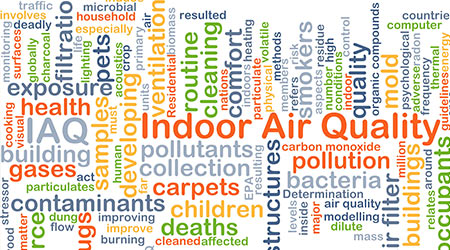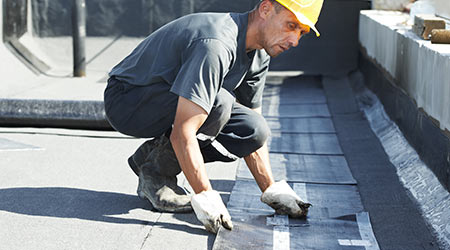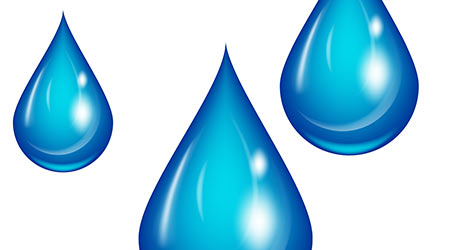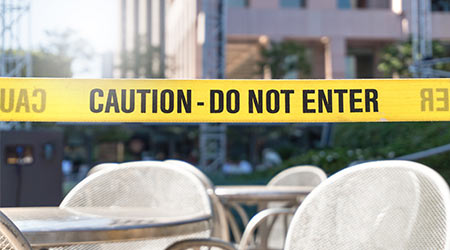
IAQ Issues: Schools Tackle Mold, Lead, Asbestos
July 23, 2018
Maintenance and engineering managers in aging institutional and commercial facilities face a raft of problems daily related to structural deterioration and faltering equipment. The older the facility, the greater likelihood of problems.
Managers in these many of these facilities also face problems a host of indoor air quality related to the materials, including lead and asbestos, that were used to construct and maintain the buildings.
Managers in Philadelphia’s public schools are well aware of these challenges, and now they have additional resources to address the issue. Fifty-seven Philadelphia school buildings will receive $15.6 million to remove lead, mold and asbestos, city and state officials announced recently.
Pennsylvania will cover $7.6 million for lead paint remediation at 40 schools in the city, while the remaining $8 million will come from the school district for lead paint, mold and asbestos removal, according to PhillyVoice.
Nearly 90 percent of Philadelphia's school buildings were constructed prior to 1978, when the federal government banned lead paint in residential properties. Contaminated dust from lead paint is one of the primary causes of lead poisoning, particularly in young children who are at higher risk of exposure.
Philadelphia officials have increasingly sought to prevent childhood lead exposure, which can contribute to the development of behavioral issues and intellectual disabilities if left untreated.
This Quick Read was submitted by Dan Hounsell — dan.hounsell@tradepressmedia.com — editor-in-chief of Facility Maintenance Decisions, and chief editor of Facilitiesnet.com.
Next
Read next on FacilitiesNet












